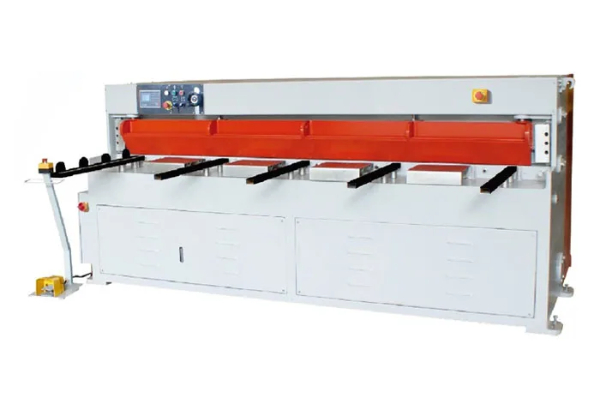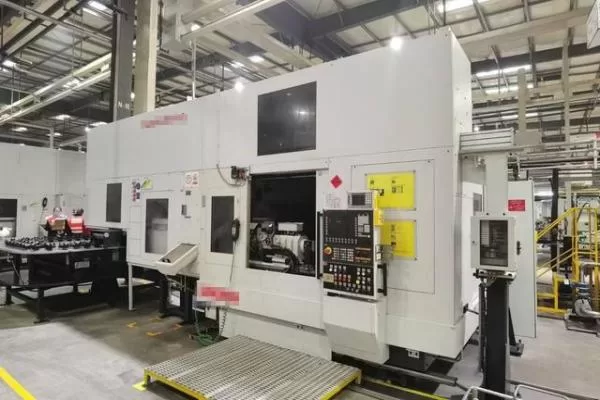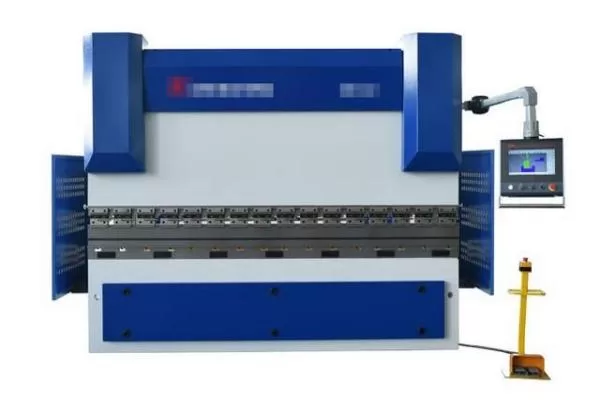
Comparing Different Types of Ventilation Duct Machines
- By:Metmac
- 2024-09-11
- 146
Introduction
In the realm of air quality management, ventilation duct machines play a crucial role in ensuring the health and comfort of occupants. With an array of options available, choosing the right machine for your specific needs can be a daunting task. Here’s a comprehensive guide to help you navigate the labyrinth of ventilation duct machines.
Type 1: Axial Fans
Axial fans, also known as propeller fans, are the most straightforward and economical type. They consist of a rotating impeller with blades that push air along a parallel axis. Ideal for low-pressure applications, such as exhaust fans in bathrooms and kitchens, they are less efficient for longer distances.
Type 2: Centrifugal Fans
Centrifugal fans utilize a spinning impeller with backward-curved blades that create a centrifugal force. This force draws air into the fan and propels it perpendicular to the impeller’s axis. Centrifugal fans are more efficient and adaptable than axial fans, handling higher pressures and larger volumes of air.
Type 3: Mixed-Flow Fans
Mixed-flow fans combine the characteristics of both axial and centrifugal fans. They feature a curved impeller with blades that generate both axial and centrifugal airflows. This design offers a balance between efficiency and pressure generation, making them suitable for medium-sized applications.
Type 4: Tubeaxial Fans
Tubeaxial fans resemble a long, cylindrical tube with an impeller mounted inside. They provide high airflow rates and static pressures, making them ideal for industrial applications, such as ventilation in factories and warehouses.
Type 5: Vane Axial Fans
Vane axial fans are similar to axial fans but incorporate guide vanes around the impeller. These vanes improve airflow direction and efficiency, allowing for higher pressure and volume capabilities. They are often used in air conditioning systems and commercial buildings.
Factors to Consider
Airflow Rate: The amount of air the fan can move in a given time, expressed in cubic feet per minute (CFM).
Static Pressure: The pressure the fan must overcome to move air through the duct system.
Noise Level: The amount of sound the fan produces, rated in decibels (dB).
Efficiency: The ratio of air moved to power consumed.
Maintenance Requirements: The amount of regular cleaning and repairs necessary.
Choosing the right ventilation duct machine requires careful consideration of your specific requirements. Whether you need a simple exhaust fan for your home or a high-capacity system for an industrial facility, there is a machine that meets your needs. By understanding the different types available and the factors to consider, you can ensure optimal air quality and occupant comfort.
-
Advanced Sheet Metal Rolling, Cutting, and Folding Machines for Efficient Fabrication
2025/10/22 -
High-Precision Sheet Metal Bending and Cutting Solutions for Modern Manufacturing
2025/10/22 -
High-Precision Solutions from Leading Sheet Metal Cutting Machine Manufacturers
2025/09/11 -
Reliable Sheet Metal Equipment for Sale to Support Precision Fabrication
2025/07/17
-
High-Performance Sheet Metal Equipment for Sale: Forming and Shearing Solutions for Modern Fabrication
2025/10/22 -
Precision and Performance: Advanced Sheet Metal Processing Solutions
2025/10/17 -
Advanced Sheet Metal Press, Shearing, and Forming Machines
2025/10/17 -
High-Performance Sheet Metal Laser Cutting Machines for Sale — Precision and Efficiency Combined
2025/10/17
-
A Guide to the Latest Innovations in Sheet Metal Folding Machines
2024/11/29 -
Key Features to Consider When Investing in a Sheet Metal Folding Machine
2024/11/28 -
Enhancing Precision with Advanced Sheet Metal Folding Machines
2024/11/27 -
How to Choose the Right Sheet Metal Folding Machine for Your Workshop
2024/11/26







